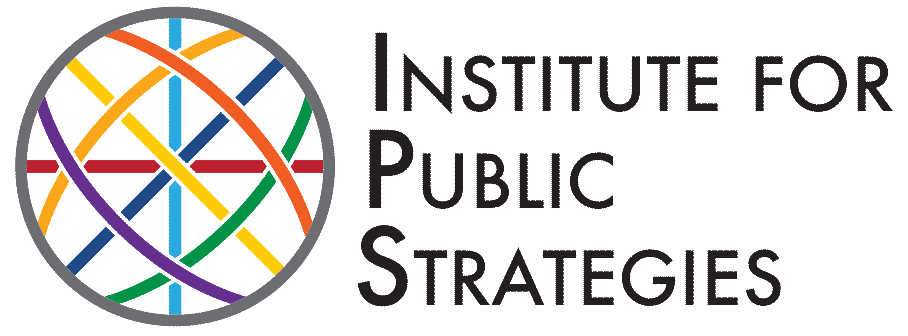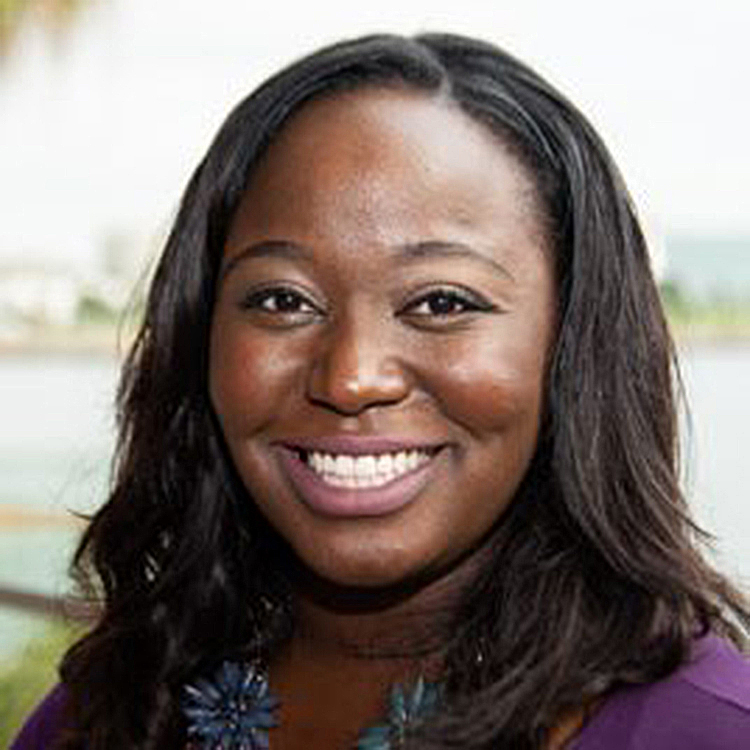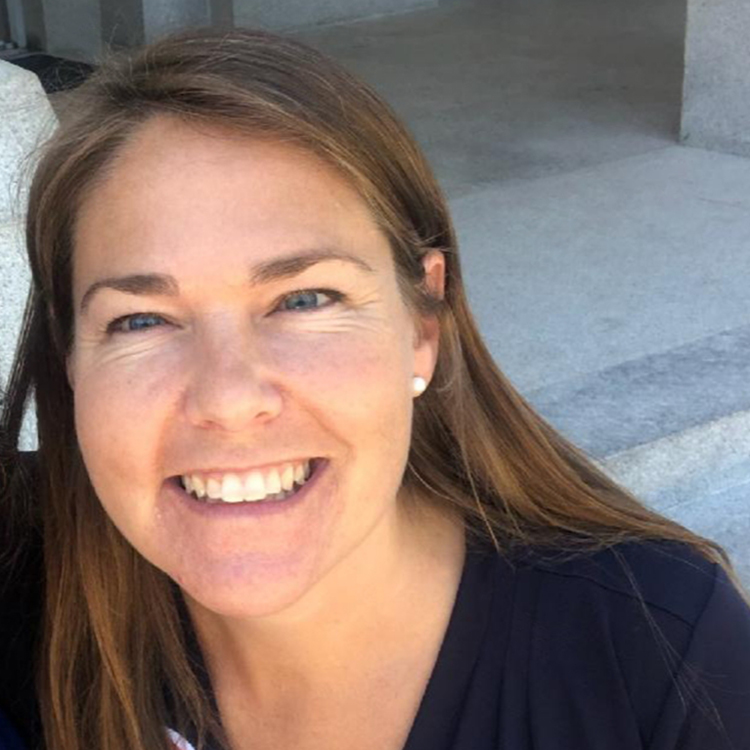IPS wins Los Angeles County Department of Public Health grant to combat dangers of second hand smoke in multi-housing units
LOS ANGELES, April 2021 – Institute for Public Strategies Los Angeles announced it has received a grant to address the harmful effects of second hand smoke and help eliminate its dangers in multiunit housing, such as apartment buildings and condominiums, through prevention and policy.
The grant’s objective is to create “a social milieu and legal climate in which tobacco becomes less desirable, less acceptable, and less accessible for current and potential future tobacco users.” Funding for the grant comes from the California Tobacco Control Program.
Although California has made great progress in eliminating second hand smoke in the workplace, for the many Californians who live in multiunit housing, breathing second hand smoke drifting from neighboring units, balconies, and outdoor areas is an ongoing and real health problem. Smoke can seep under doorways and through wall cracks.
“The U.S. Surgeon General has concluded that eliminating smoking in indoor spaces is the only way to fully protect nonsmokers from second hand smoke exposure,” IPS Program Manager Maurina Cintron said. “Separating smokers from nonsmokers and ventilating buildings doesn’t eliminate smoke exposure, but the voices of organized community members can.”
Although local public housing authorities have adopted smoke-free housing policies mandated by the U.S. Department of Housing and Urban Development, this represents only a small percentage of the available rental housing. A vast majority of renters who live in privately owned multiunit housing remain unprotected against second hand smoke.
Under the new grant, IPS will seek to create policy and social norms change around exposure to tobacco smoke through a broad range of community engagement services in the City of Los Angeles including community meetings and events; educational presentations to community groups; local coalition building; publications; social media; meetings with local policy makers; public hearings; and informational community forums to raise awareness and garner support to reduce second hand exposure to smoke in multiunit housing in the City of Los Angeles. A major component of the initiative will be to build a community based coalition of advocates focused on policy that will reduce residents’ exposure to second hand smoke.
IPS works alongside communities to build power, challenge systems of inequity, protect health and improve quality of life. IPS has a vision for safe, secure, vibrant and healthy communities where everyone can thrive.
Contact:
Maurina Cintron
Institute for Public Strategies
(310) 215-9924 x134
mcintron@publicstrategies.org









